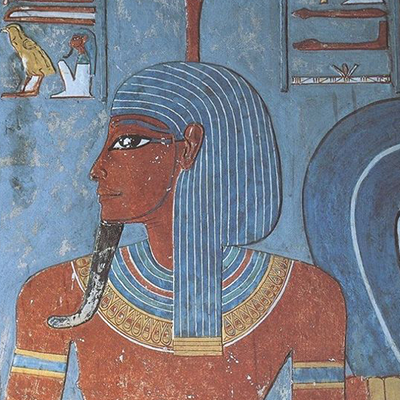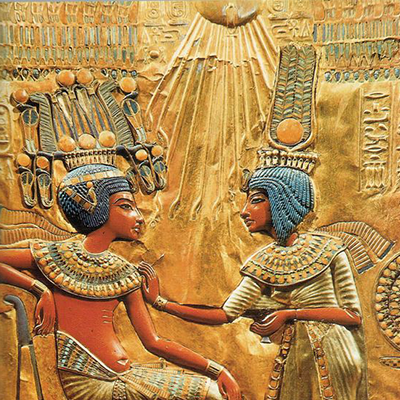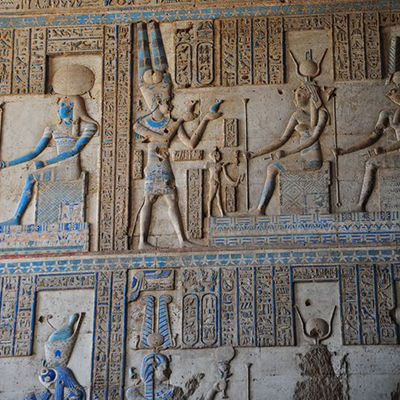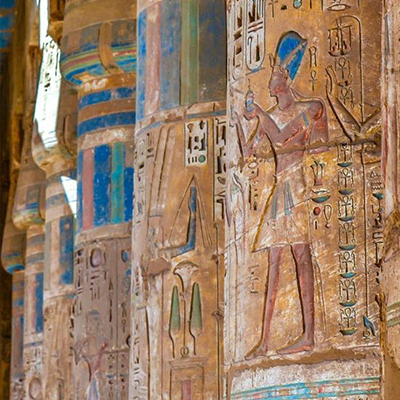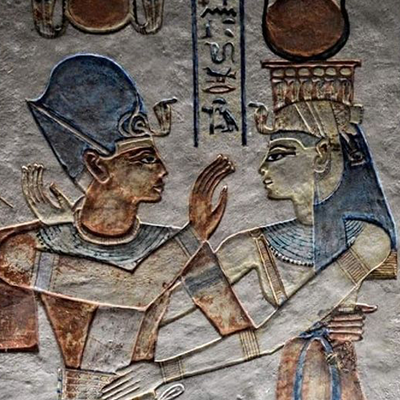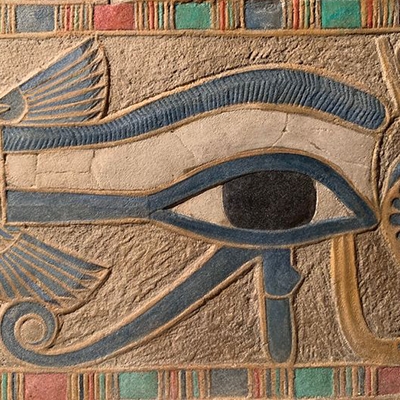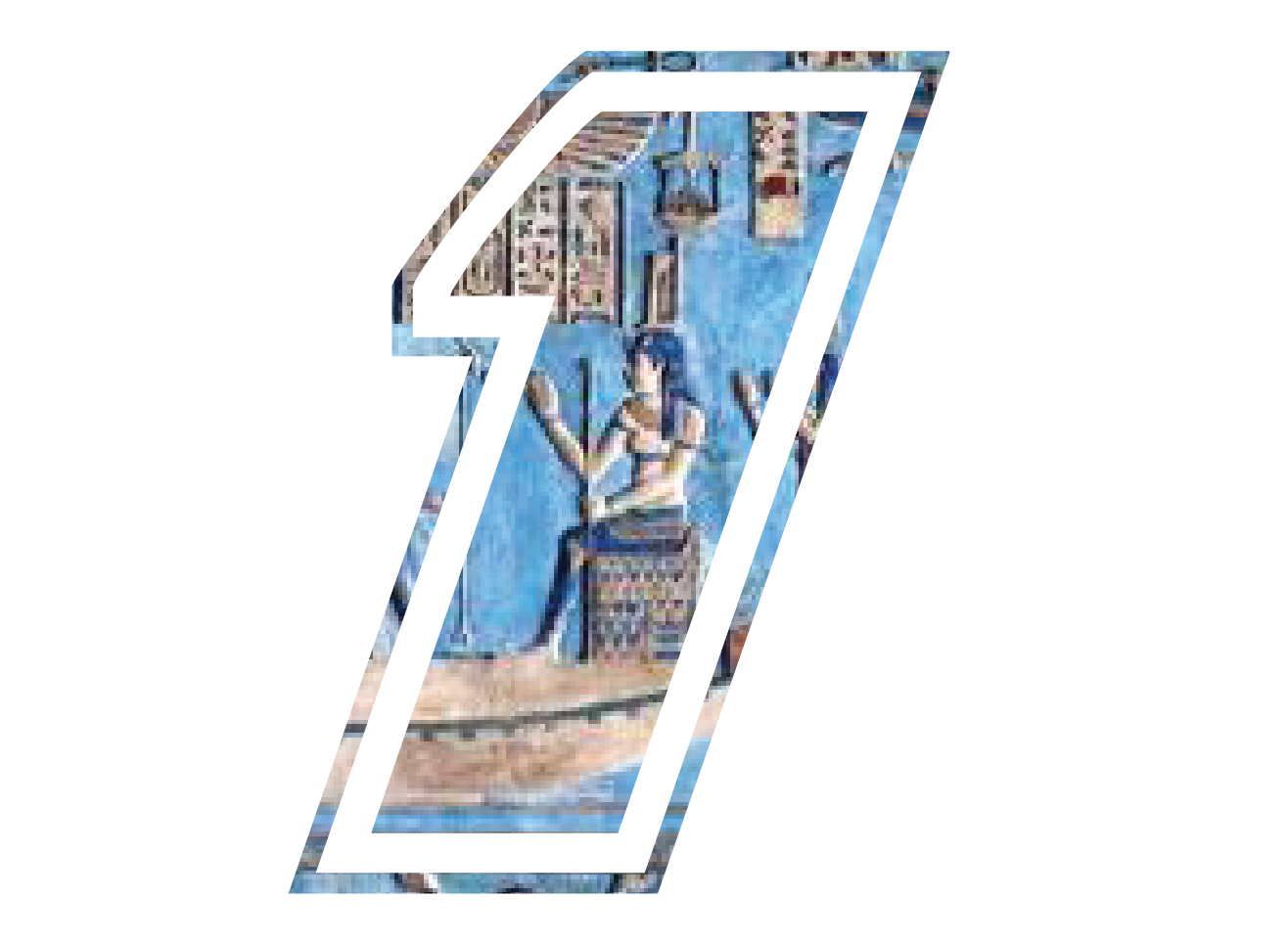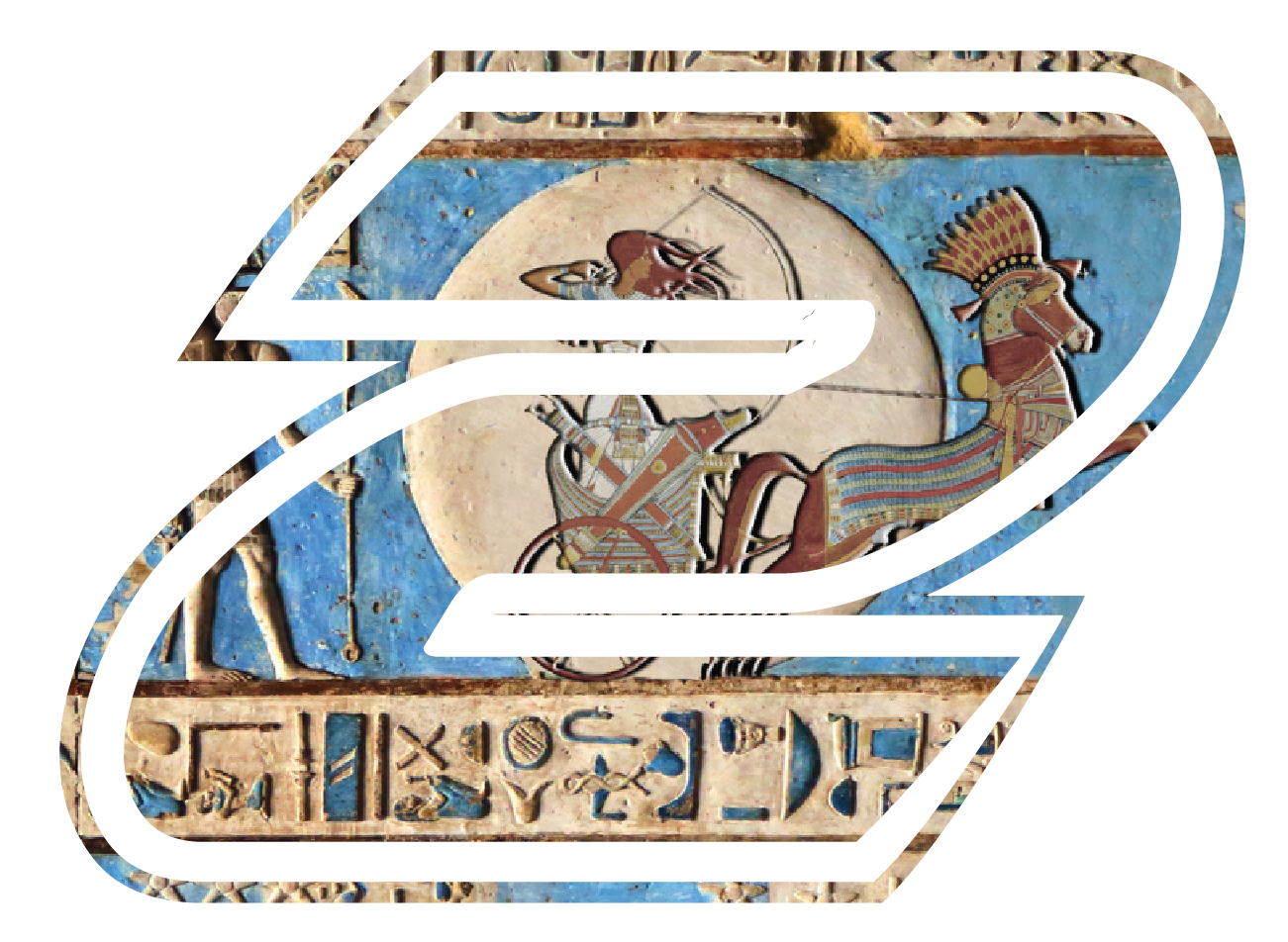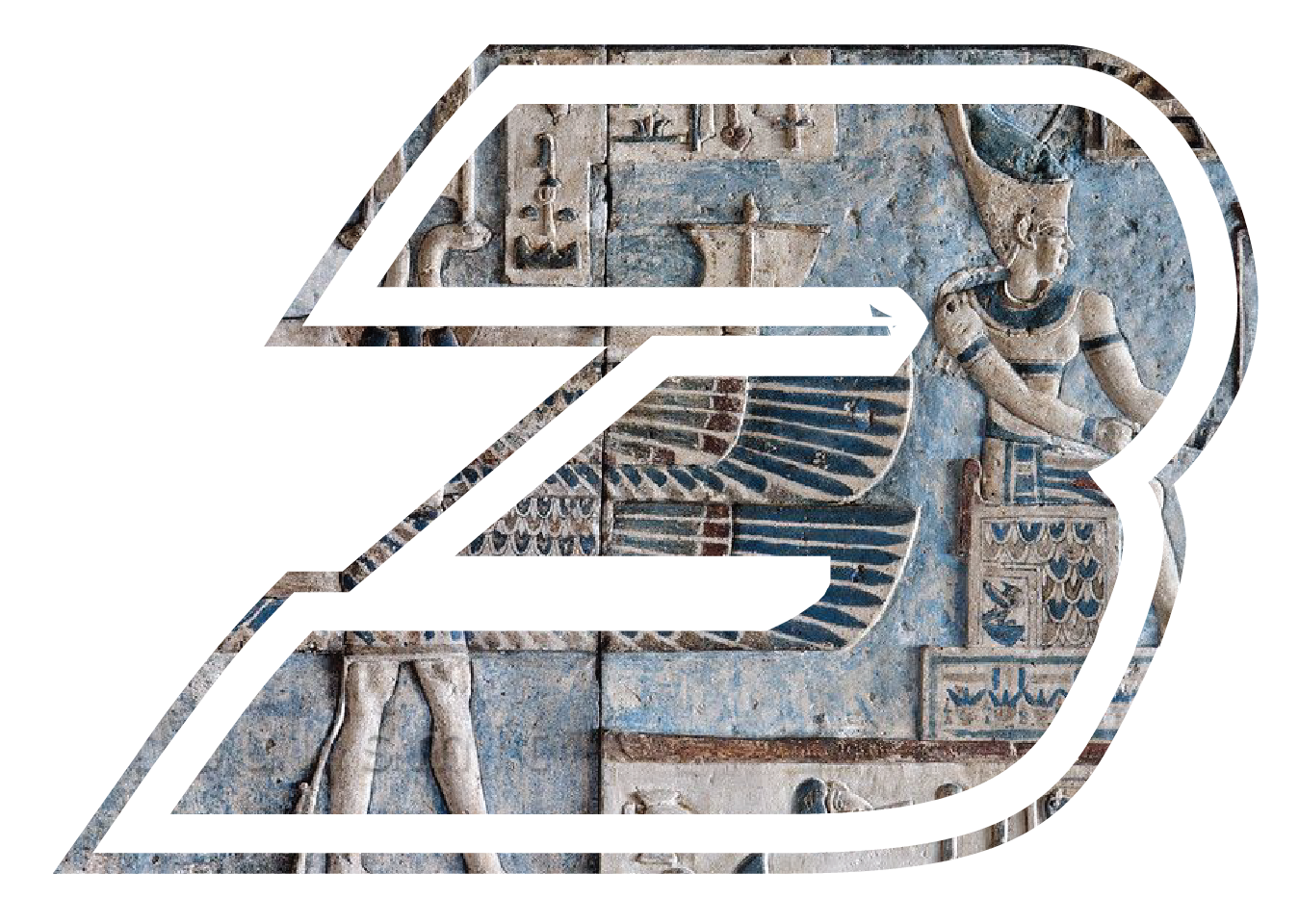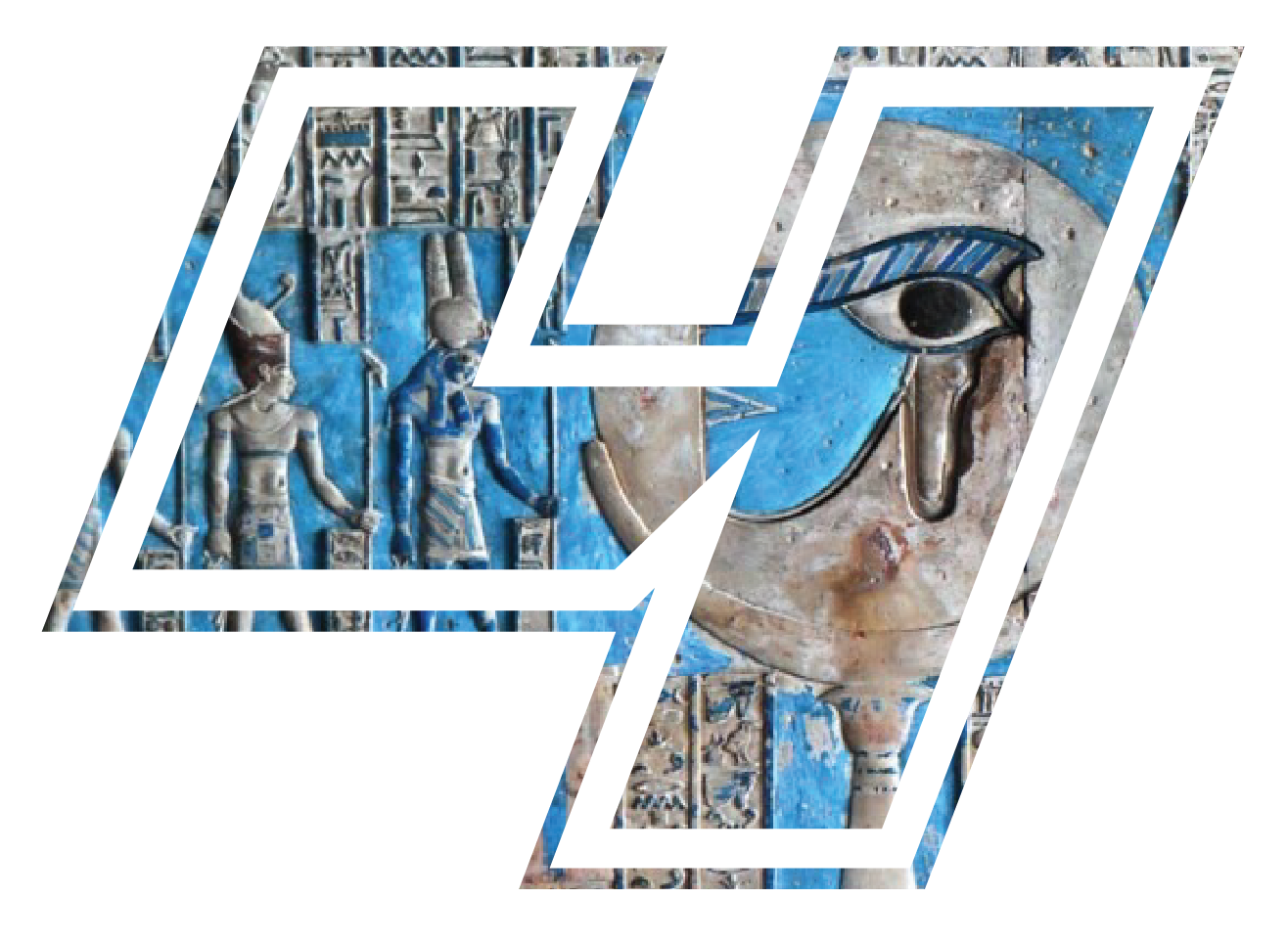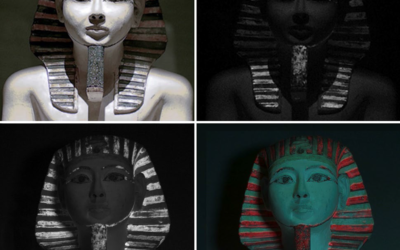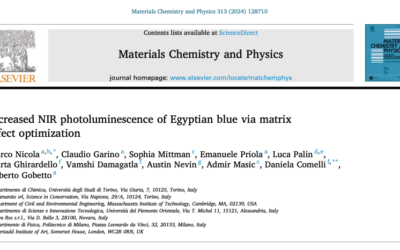


“Egyptian blue”
Venus Pigments intends to produce the ancient material “Egyptian blue” as a response to the new challenges in the inorganic blue pigments industry. In addition to creating new circular economies, for example from rice production waste and eggshells, its goal is to launch a pilot plant that can do without scarce and dangerous raw materials such as cobalt. Egyptian blue is not just a blue pigment, but it also has other interesting high-value market opportunities due to its extraordinary properties as a luminescent marker, its high stability and resistance, its antibacterial and antialgal properties, and its non-toxicity and non-hazardous nature for humans and the environment.
*****
Venus Pigments intende produrre l’antico materiale “blu egizio” come risposta alle nuove sfide del settore dei pigmenti blu inorganici. Oltra a dare vita a nuove economie circolari a partire ad esempio da scarti di produzione del riso e gusci di uova, il suo obiettivo è quello di avviare un impianto pilota in grado di fare a meno di materie prime carenti e pericolose come il cobalto. Il blu egizio non è solo un pigmento blu ma ha altri interessanti sbocchi di mercato ad alto valore aggiunto in virtù delle sue straordinarie proprietà di marker luminescente, per le sue doti di elevatissima stabilità e resistenza, per la sue proprietà antibatteriche e antialga e per la non tossicità e non pericolosità per l’uomo e l’ambiente.
Egyptian blue, Chinese blue, and related two-dimensional silicates: from antiquity to future technologies.
Part A: general properties and historical uses
Citation: Nicola, Marco, Gobetto, Roberto and Masic, Admir. 2023. “Egyptian blue, Chinese blue, and related two-dimensional silicates: from antiquity to future technologies. Part A: general properties and historical uses.” As Published: https://doi.org/10.1007/s12210-023-01153-5 Publisher: Springer International Publishing Persistent URL: https://hdl.handle.net/1721.1/150498 Version: Final published version: final published article, as it appeared in a journal, conference proceedings, or other formally published context Terms of use: Creative Commons Attribution
Abstract
The ancient Egyptian blue pigment was developed over 5000 years ago and was used extensively for around four millennia until its use mysteriously declined dramatically during the Early Middle Ages. It recently attracted a lot of attention along with some related materials, leading to a fast-growing number of applications in felds, such as sensors, solar concentrators, energy-saving, and medicine. The new surge in interest began in 1996 with the discovery of their intense NIR photoluminescence that surprisingly can be triggered even by visible light. In 2013, the possibility of exfoliating them and producing NIR luminescent nanosheets was established, expanding the family of 2D nanomaterials. More recently, the discovery of their high antibacterial efects and biocompatibility, and very promising optical, electric and magnetic properties, has further boosted their applications. The characteristics of Egyptian blue are due to its main component: the very stable crystalline compound CaCuSi4O10. This tetragonal sheet silicate is the synthetic analogous of the rare cuprorivaite mineral. In Part A of this review, we summarize the historical uses and main properties (i.e., composition, structure, color, stability, luminescence, and biological activity) of cuprorivaite and related 2D silicates, i.e., BaCuSi4O10 (the main constituent of the ancient pigment Chinese Blue), BaCuSi2O6 (the main constituent of the ancient pigment Chinese Purple), SrCuSi4O10 (synthetic analogous of wesselsite) and BaFeSi4O10 (synthetic analogous of gillespite). The Part B of the review will focus on the modern rediscovery of these materials, their modern synthesis and exfoliation, and the innovative applications based on their properties. Keywords Egyptian blue · Han blue · Han purple · Cuprorivaite · Wesselsite · Gillespite · Luminescence
Keywords Egyptian blue · Han blue · Han purple · Cuprorivaite · Wesselsite · Gillespite · Luminescence
Egyptian blue, Chinese blue, and related 2D silicates
Egyptian Blue (EB) is an artifcial blue pigment of mineral origin used also to mold small objects thanks to its vitreous ceramic nature
Nomenclature
EB is listed in the Colour Index with the Generic Name PB31 and the Constitution Number 77437 (colour-index. com). Some common names other than «Egyptian Blue» in use for EB include «Alexandrian Blue», «Pozzuoli Blue», «Vestorian Blue», and «Pompeian Blue»
General properties
EB is mainly constituted by cuprorivaite and it commonly contains some other minor components mainly due to incomplete reaction, unbalanced reagents, additives, impurities from the reactants, and contamination from the crucibles or the production technique utilized.
Production and use in antiquity
EB was at frst used in glazes or as a solid material and only later in powdered form as a pigment (Forbes 1955; Riederer 1997). Although the hypothesis of a frst development in Mesopotamia cannot be completely ruled out .
NEWS
Real‑time identification and visualization of Egyptian blue usingmodified night vision goggles
Dear friends and colleagues, It is with great pleasure that we inform you that the article just published in the Rendiconti Lincei. Scienze Fisiche e Naturali magazineI (published by Springer) is available free online. In this paper an innovative low-cost viewer based...
Eco-friendly Egyptian blue (CaCuSi4O10) dye for luminescent solar concentrator applications
PDF version Abstract This study focuses on synthesizing the heavy metal-free ancient Egyptian blue (EB; CaCuSi4O10) dye using a facile ceramic method for luminescent solar concentrator (LSC) application. XRD, SEM and EDX results confirmed that this well-crystallized...
Cuprorivaite/Hardystonite/Alginate Composite Hydrogel with Thermionic Effect for the Treatment of Peri-implant Lesion
The peri-implant lesion is a grave condition afflicting numerous individuals with dental implants. It results from persistent periodontal bacteria accumulation causing inflammation around the implant site, which can primarily lead to implant loosening and ultimately...
Increased NIR photoluminescence of Egyptian blue via matrix effect optimization
ARTICLE INFO Keywords: Egyptian blue CuprorivaiteNIR photoluminescence Quantum yieldSilica nanoparticles Solid-state synthesis Melt-flux synthesis ABSTRACT The exceptionally high NIR photoluminescence of the ancient pigment Egyptian blue is due to its very...
